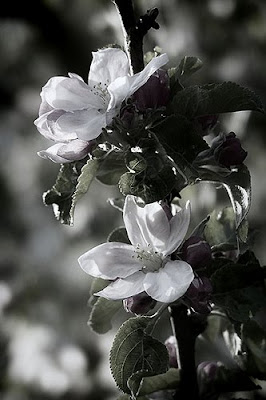The clematis is a large genus of flowing plants that contains about 300 species and is a member of the ranunculaceae family. Clematis plants are woody, climbing shrubs and herbaceous perennials with delicate stems, and divided leafstalks and leaflets which allow the plant to become anchored to nearly any structure. These plants are best known for their elegant blossoms. These flowers can grow from a tiny 1 inch to 10 inches in circumference. The lightly-scented heads may form in singles, doubles or both, and can – depending on their environment – drastically change in color throughout their lifespan.
Some of the earliest records of clematis plants can date back as far as 1569, when new species such as C. viticella were introduced into Britain. Despite this fact, the public did not take a genuine interest in these plants until sometime during the 1850s. During this period of time, botanists began hybridizing clematis plants – creating stronger, more attractive breeds such as the Jackman clematis and the gipsy queen clematis. Unfortunately, after years of breeding, hybridizers ran out of ideas for new combinations, and the interest in these plants began to fade. Thankfully, though, this lull in plant breeding seems to have weeded out the weaker species, and today – with the interest in clematis back in full swing – we find that many varieties are hardy and relatively free of disease. With the resurgence of interest in clematis plants, it is not surprising that flower enthusiasts around the world are coming together to show their passion. One great example of this is the American Clematis Society, which has been active for over a decade, and is committed to spreading the vast knowledge of all of its members. The British Clematis Society holds a similar ideal, but rather than simply spreading literature on the plant, this group holds large public events to help broaden awareness.
Clematis was once considered an emblem of deception; today, however, these plants are considered a symbol for cleverness and beautiful brilliance. As a gift, these climbing shrubs are frequently given as a compliment to the recipient – a sweet way to tell them that they are not only stunning, but also absolutely ingenious. These plants are also an emblem for the 8th year of marriage, and make for lovely anniversary gifts. Because they contain essential oils that may be irritating to the skin, they are almost never presented in the form of a bouquet; however, potted varieties are just as stunning, and will last a good deal longer.

















































